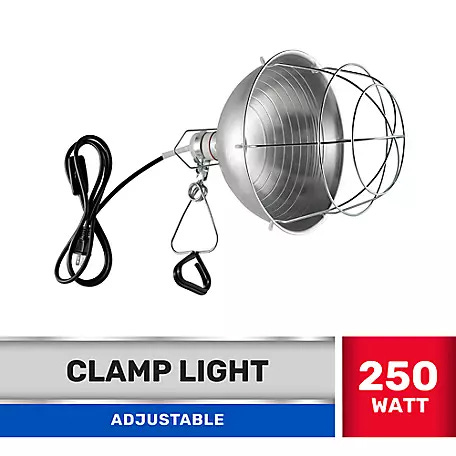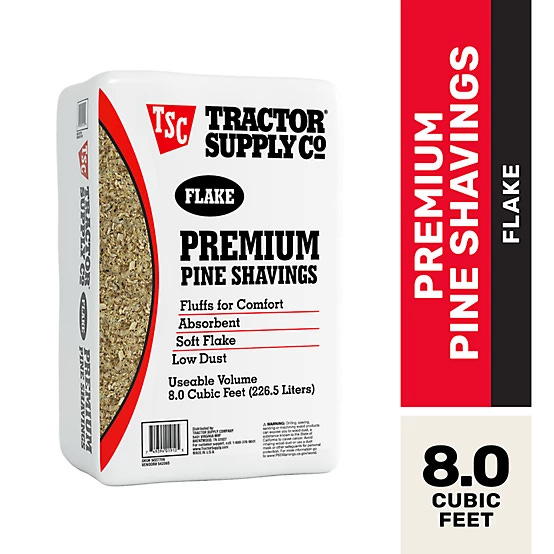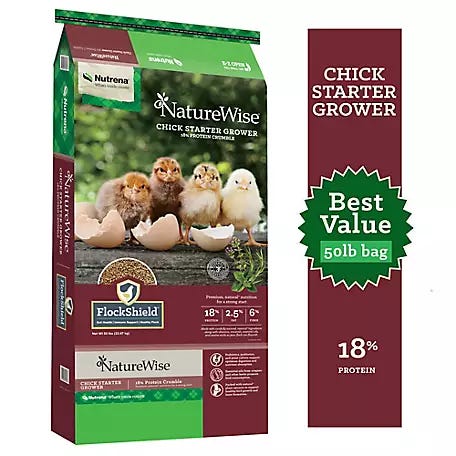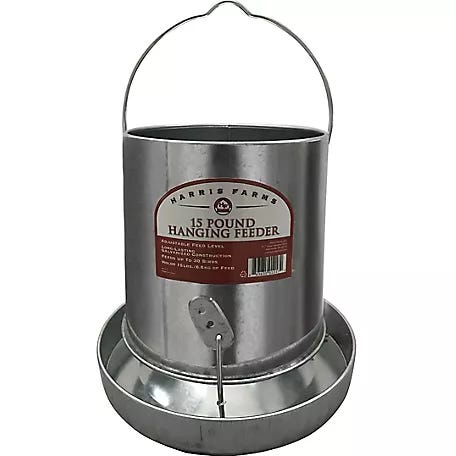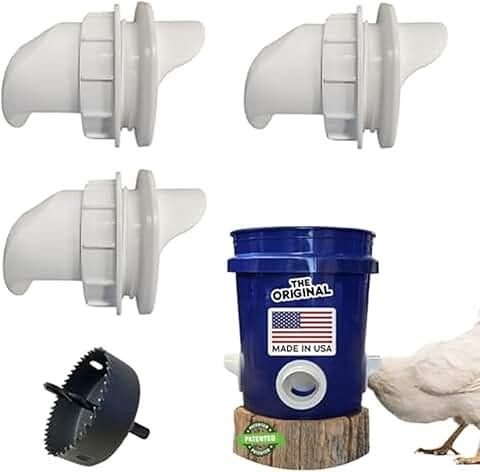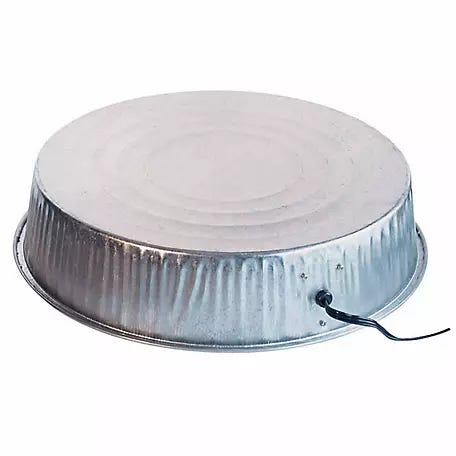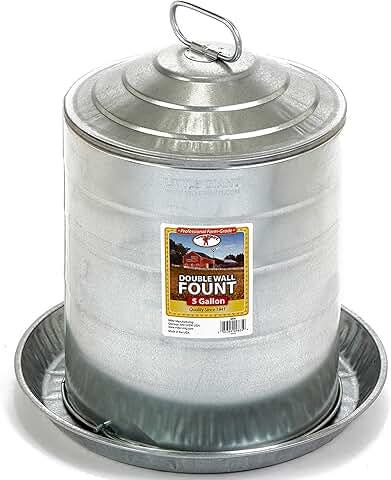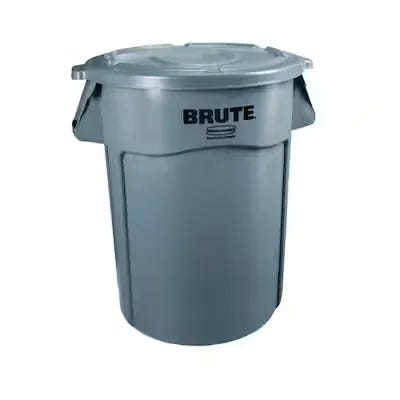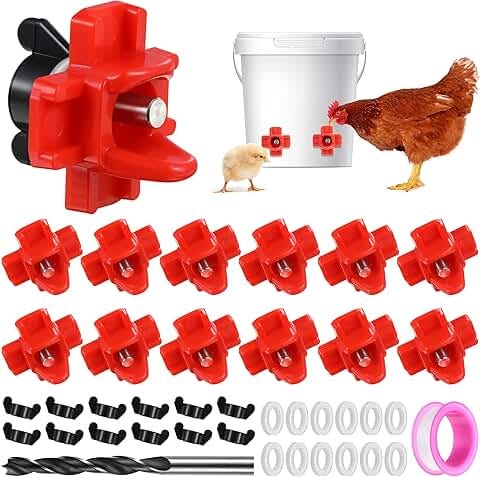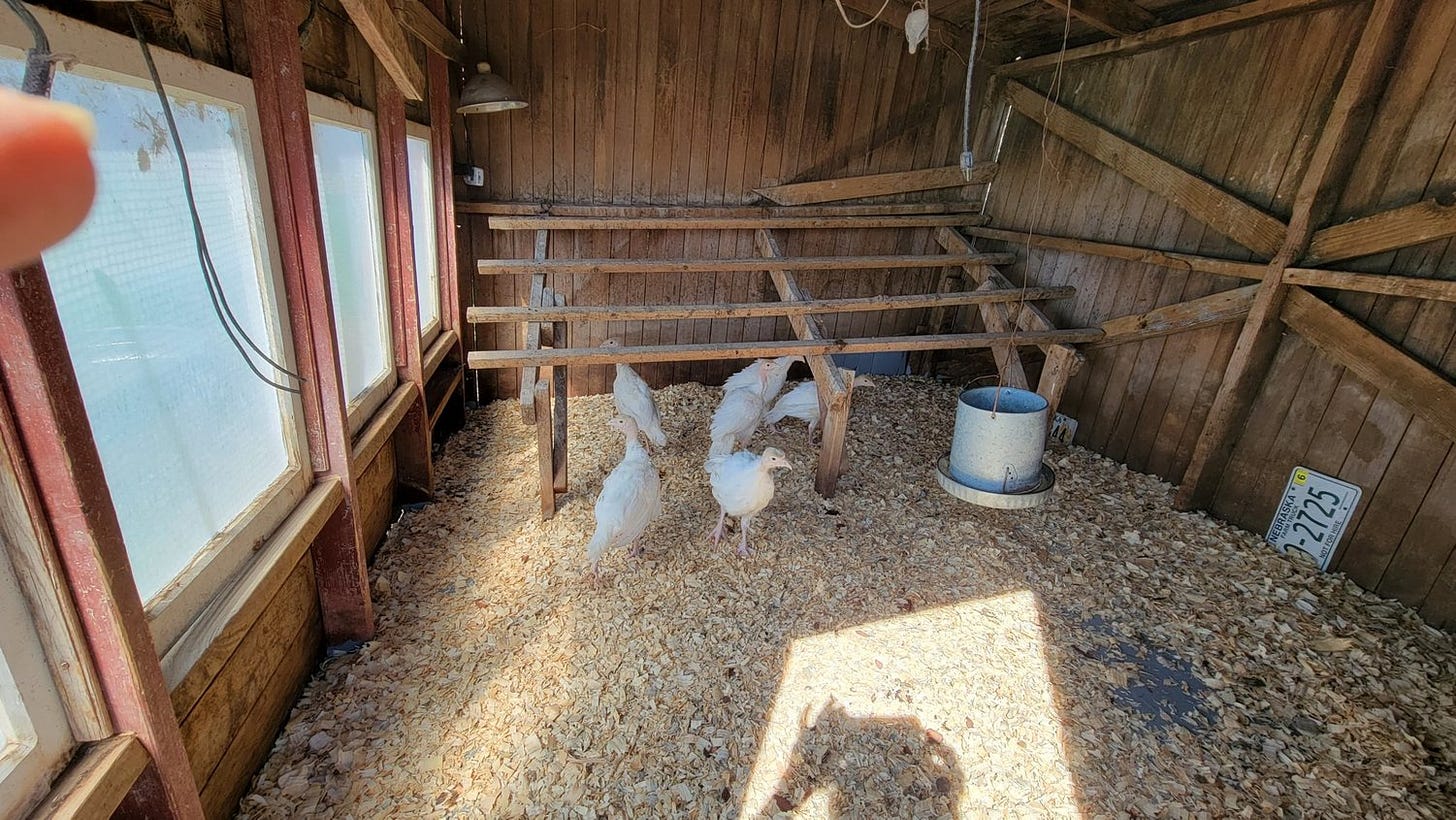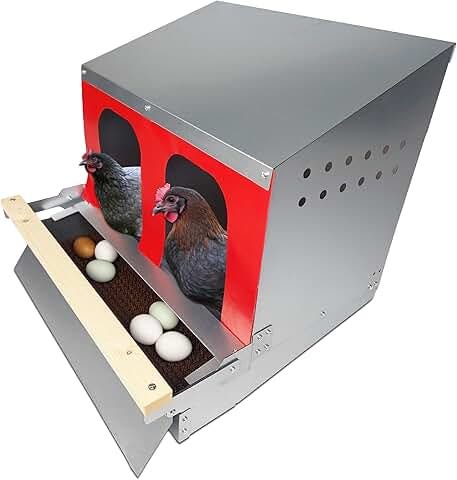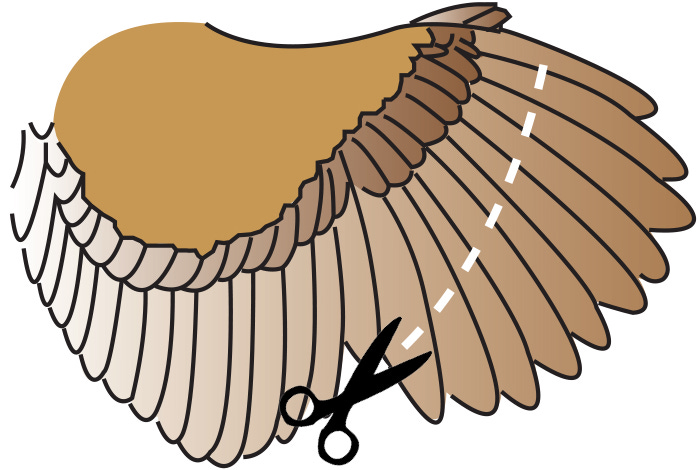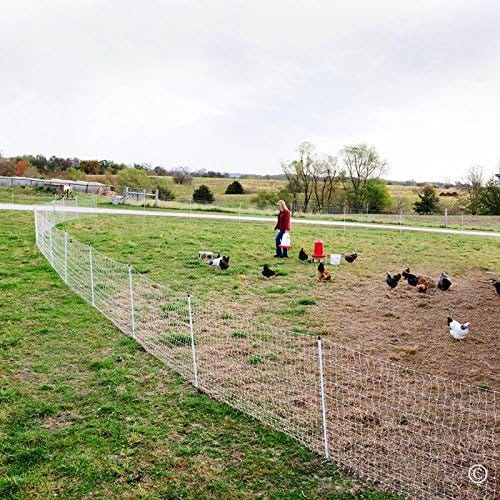So now that you found chicks to order and have a delivery date its time to get set up. Even those of us that have raised them in the past still have things to get ready.
If you are thinking about chickens this year do not procrastinate. They are selling out fast with some breeds already gone.
Here is what I purchased.
Cinnamon Queen - high production layer - female only - hybrid. Hybrids are a mix of two diferent types of chickens. Some are sexlinks, meaning that males and females are colored different at birth. 250-320 large brown eggs per year
Dominics - medium producer - heritage breed - straight run. Hearty and the moms are broody. So if I decide to raise my own chicks I can keep the breed true. 180-260 brown eggs per year
Red Star - high production layer - female only - hybrid. 200-280 large brown eggs per year
Delaware - Medium producer - heritage breed - straight run - produces large to jumbo brown eggs 200-280 per year. Again if I decide to raise my own I keep keep true to the breed.
Austra White - consistant winter layer - hybrid - female only - 200-290 large eggs from light light brown to off-white eggs
Easter Egger - medium to high producer - hybrid - female only - 200-280 blue eggs, resulting in an array of egg colors from pale blue, dark blue, and various shades of green to light brownish/pink.
Black Laced Gold Wyandotte - medium producer - Heritage - Straight Run - lays 180-260 medium brow eggs. Again if I decide to breed for next spring I can hold true to this breed
Speckled Sussex - medium producer - Heritage = Straight Run - lays 180-240 Large brown eggs. Again if I decide to breed for next spring I can hold true to this breed
The Sussex and Black Gold Laced Wyandotte will add some color around the farm which is always welcome.
Hopefully will find a place to order your chicks as every hatchery I have used over the years is either already out, has severe shortages, limited supplies or you are looking at late September delivery at best. NEVER in 45 years have I not been able to find chicks for spring delivery.
At this point it would not surprise me if the government steps in and declares backyard chickens and danger and outlaws them. These idiots kill 40-50,000 birds because one has the sniffles. As I repeatedly said in prior substacks the government wants you sick, weak and dead. They do not care how they get to the last of those 3 option. I can hear people now, you’re off your rocker Martin that will never happen. Those that know me no longer say this, as things I have said for decades are now coming true in rapid succession.
I believe this is in the UK. This is a 19 year old girl and she knows more than most far older people. The UK already requires farmers to register pigs and cattle. I have written about this here:
The effort to weaponize food in the USA
Has a long history, two more well known exmples is Stalins starving to death millions of Ukrainians
Food is being weaponized. WE may not recognize it here in the states and we have had a feast of plenty for generations. That is however about to come to a screeching halt unless WE demand government get out of food, breakup these food companies such as the packers that have captured the USDA animal inspection service and keep small packers out. Then we have the crazy person that thought killing 10’s of thousands of chickens when one becomes sick is science. Its witchcraft, science would be continue to feed and take care of the survivors and the ones that do not drop would become breeding stock due to their resiliance. Instead we have people actively setting the stage for mass starvation.
I have said for decades I am too close to town if their are food riots, unfortunately I am going to be right.
https://abcnews.go.com/US/after-100000-eggs-stolen-ceo-company-crack-security/story?id=118567012
So now we have egg rustling. Cattle rustling is already happening. What’s next? Tomatoes? Onions? Are farmers going to have to add security to patrol their farms?
Just something to think about, on to the original purpose of this post.
The first thing you need is coop. Either build one or buy one. Neither is going to be cheap. I have never used one of the pre built coops, but have been tempted but they are all too small for my operation. I have a 8x10 coop I bought at a farm auction and a 10x20.
A small coop from Tractor Supply for 2 birds is $200.00 and a 18 bird unit is $2000.00 and everywhere in between. I would look at Facebook Market place as every once in a while someone has one cheap. You might want to anchor smaller coops down as the wind can do things you cannot fore see.
So decide how many chickens you want, keep in mind that a hen lays 4-5 eggs every 7 days, so plan from that.
You will need a brooder of some kind, as you want to limit their ramblings for a few weeks so that stay close to your heat lamp. I use an old stock tank on smaller numbers like and that works for 5-7 chicks, any more and it gets crwoeded fast. Even some thing as simple as cardboard will work inside your coop. Just be aware that your heat lamp gets hot and you don’t want to start a fire. A couple of weeks at most is all you will neeed this. After that they can venture around the coop, still do not let them outside as they will not be feathered enough to survive the elements. That takes at least 8-10 weeks.
Your heat lamp has to be close enough to keep them warm but not so close that they get cooked. I put the heat lamp on an end so they have an excape if they want to be cooler.
This clamp light is handy, you can clamp the light to a rod that spans the stock tank, hang it for a wire or whatever.
You want the infrared bulbs, they provide heat without the blinding light.
I usually have the light 12” from the floor to start then slowly raise it.
Just start with small feeders and waterers. They will outgrow them fairly quick but remember these birds are small to start with some massive feeders and waterers maybe hard for them to use.
You will want wood shaving to provide a soft place for them to lay on and something that soaks up the manure and wpilt water. I buy the flaked not the fine. They will scratch and peck so the flaked works far better. A couple of inches works well.
You will also need a starter feed.
I have used Nutreana or Purina. I’ve used both medicated and un medicated. I would suggest staying with the medicated as the chicks get is not all that well formed at the beginning and you done want to loose them to sickness.
I use feed that is only plant based. Some of the feeds at TSC have porcine and preservatives in them. I do not feed those. Who knows what that means? With all the health problems we are witnessing today cutting out preservatives and rancid fat products is a healthier choice in my opinion.
I have recently moved to soy free feed so I still have research to do for baby chicks. Why soy free? I have found some people are alergic to eggs that the chickens are fed soy. So I am setting up to serve that market. The flavor profile of the soy free while subtle is noticable, The soy free Nutreana feed has flax seed for a omega 3 fat addition to the eggs.
A chicken will eat about 1/4 pound of fodd per day. Table scraps will cut down on commercial purchased feed. Your garbage will be less and you will be providing nutrious snacks for your chickens.
Once your chicks are 10-12 weeks old they are ready for the big boys and girls feeders and waterers.
I have probably used nearly every iteration of these over the years. NONE was what I considered acceptable.
When chickens eat they peck and those metal hanging feeders - they will put food on the ground and waste it.
The plastic ones are even worse.
I recently made my own out of a 30 gallon plastic garbage can and feed ports. Yes a 5 gallon bucket works also. I like the 30 gallon as 120 lbs of feed fit so I just top off once a week. A five gallon buck will not even hold a bag of feed. So you have a half bag of feed laying around encouraging mice and maybe even rats.
These feed ports work so well its unbelievable. No more food on the gound going to waste. Many come with the drill bit.
I drilled my so the bottom of the hole is 2” from the bottom of the can. I have it set up on cinder blocks so the birds can stick their heads in and eat without squating.
Every store bought waterer has been a failure when the weather gets cold. The metal waterers freeze as do the plastic ones. The heaters are nothig short of a joke. Once it gets to 10-15 they do not work either. The lifespan of those heaters is a month or two at best.
Their are a multitude of choices for waterers with heaters of some kind. I have tried them all I believe, not one worked well once you get to 15 degree.
I built my own years ago.
Again the Brute comes to the rescue.
I use these nipple waterers. Drill the hole 3 or so inches above the bottom. Simple, efficient and quick install
This stock tank/ bucket heater ends all freezing of water - even to -20 degrees. I put a old piece of tile in the bottom of the Brute, then put this on top of that and fill it water. These units have a thermostat so they only come on when they need to. I just bring the cord to the top and slap the lid on. I have wiring inside the coop and have a outlet next to the waterer.
Since the nipple waterer is heated by the water they seldom freeze. If they do the chicken pecking the nipple breaks the little bit of ice and water flows.
You will also need a roost of some kind, The store bought coops will have one. I just took some short 2x4’s and 2x2’s and constructed a roost. Nothing fancy just something for them to sleep on. I would not worry too much on the size. No matter how hot it seems the chickens want to be on top one another.
In the winter you will need arifical light if you want maximum egg production. I have a little time I set for 2 hours before sunrise and 2 hours after. I give them 14 hours of light. Light stimulates their pituatary gland and that stimulates egg production.
I just have a small 25 watt equivalent LED bulb. It just take a little light.
I have NEVER provided heat for my chickens. They do not need heat even in the coldest of temps. They huddle together, and they are heat machines.
They just need to be out of the wind and a coop provides that.
At some point you will need a nexting box unless you coop has one.
You will have about 20-24 weeks from hatching. So you have some time to get nexting lined up. Many coops have nests but they are lacking in my opinion. I have alwas use the roll away nest boxes. The chicken lays the egg get up and the egg rolls down to the front of the box. This keeps the eggs from getting soiled and from your chickens eating the fresh eggs. I like the all metal ones vs the platic tray ones. I just do not trust the plastic to last. I would put the nest box in by week 10 or so. You want the chickens to get used to having it around. Once they start laying on the floor that will be a hard habit to break.
Once a chicken finds out how good eggs are it will be nearly impossbile to break that habit without putting them in a stew pot. This is why I like a roll away next. The eggs roll to a tray in the front and away for the nesting cubby,
I recently purchased this Hen’s Choice nexsting box. It is a roll away so that keeps the egg cleaner. The one I have used for decades needs repair and I have too much to do to rebuild it.
As far as outdoor runs, I use electric netting. I don’t have the time nor the desire to easter egg hunt every day for eggs. This netting is electrified to keep predators out. Until the chickens are pretty much fully developed then can and will go through the netting. So keep them cooped up until such time as they cannot go through.
Once they are of age then you will have the next problem - flying over the net. Usually their are just one or two trouble makers that think the grass is greener on the other side. For those their are options, let them roam - that works only in a rural farm setting. More than likely thet will end up on a predators dinner plate. Make some chicken soup. or clip their wings. This does not hurt the chicken but it limits their flight to a couple of feet. They can still jump to the roost or nest box but that is pretty much the limit.
So what are the upsides to raising your own? Fresh eggs, less bugs. I have some old hens that I let roam, they clean up all sorts of bugs, crickets, ants, seeds what ever they can grab. They also clean up they grain from my cattle feeding. Cattle take a mouthfull of grain then turn around and slowly drop feed on the ground as they chew. The chickens go to the feed bunk everyday and clean that up. This retards mice problems with grain laying around. They can also eat kitchen scrap left overs, which saves on feed. Anything leftover can go to the chickens and they will eat it.
Downside? They really - really like concrete so they mess everywhere. Limit possible roosting places so they are not encouraged to stick too close to the house.
Well I’m sure I missed something, if so leave a comment. I find chickens enjoyable to take care of, they are easy and the bonus is it gets us off the couch and outside. The extra bonus is fresh eggs. I personally cannot eat store eggs, they have a ever lasting funk taste that lingers for hours for me.





